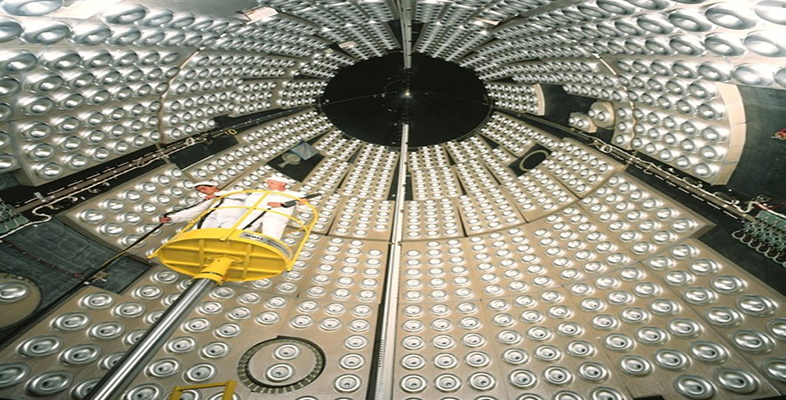6.2 Evolution and change
If you return to Figures 4, 5 and 6 and look first at the diagram of third-generation innovation (Figure 4) and then at the subsequent diagrams (Figures 5 and 6), it is obvious that as the innovation process in most settings (e.g. commercial, public, products, services, etc.) evolves, it becomes more differentiated and diversified. It follows, therefore, that innovation management must similarly evolve – as the brief summaries of the three models actually indicate. Let us take a brief example to illustrate this further. For several decades designs for anything from toilets to TVs were drawn out manually by draughtsmen, many hundreds of whom would be employed to work on complex projects such as a new car. The drawings (plans, diagrams, etc.) they produced were then used by a range of skilled workers, such as pattern cutters, tool makers, panel beaters and so on, to manufacture the technologies and components that were used to produce the final product.
By the late 20th century – the ICT wave of technological development – many of the specialist activities that form part of innovation processes – particularly in design, development and manufacture – were being carried out using ICTs and pre-programmed technologies (i.e. computer-aided manufacture – CAM). The result was a reduction in the number of people involved in some activities and a change in the mix and skills sets of the specialisms that remained (e.g. from being skilled in the use of drawing board, pencil, set square and slide rule to being able to use the latest CAD applications). By contrast, other parts of the innovation process grew in scale, scope and importance. As we noted previously, marketing would be one example, as would legal and administrative services related to intellectual property (IP).
The fourth-generation innovation process signalled the need for increasing investment in – and thus the challenge of managing – cross-organisational communications and integration, whereas the fifth-generation innovation process signalled new challenges, such as dealing with high levels of risk and uncertainty. This, of course, is a very brief sketch of some of the many changes and challenges and activities, processes and practices that make up contemporary innovation management, particularly in the context of large commercial organisations and/or at the level of sectors and industries. The diversity and scale and scope of innovation management in smaller organisations and/or in public or not-for-profit organisations may well differ from the situation sketched out above, but it is clear that how organisations and individuals manage and ‘do’ innovation (and change) – will have – and has to have changed over time.
Now complete Activity 5.
Activity 5
Read through Section 6 again up to this point. Now using an organisation or sector that you are familiar with, think through how the innovation process and/or innovation management will have evolved over the generations of innovation. Start with the most recent first and work back as far as you can, noting down at least one example for each and briefly explaining your rationale for choosing your examples.
